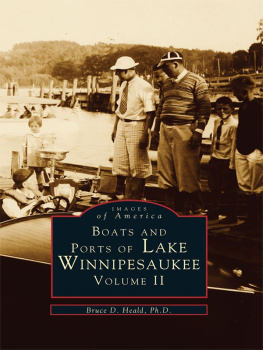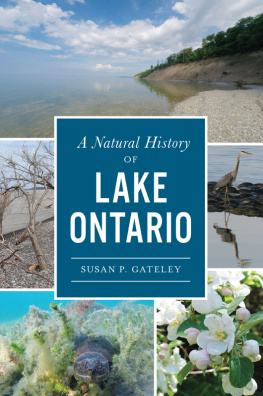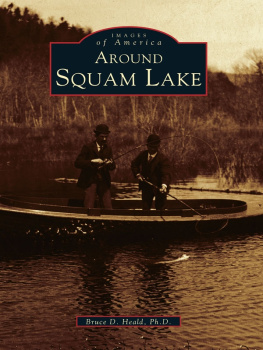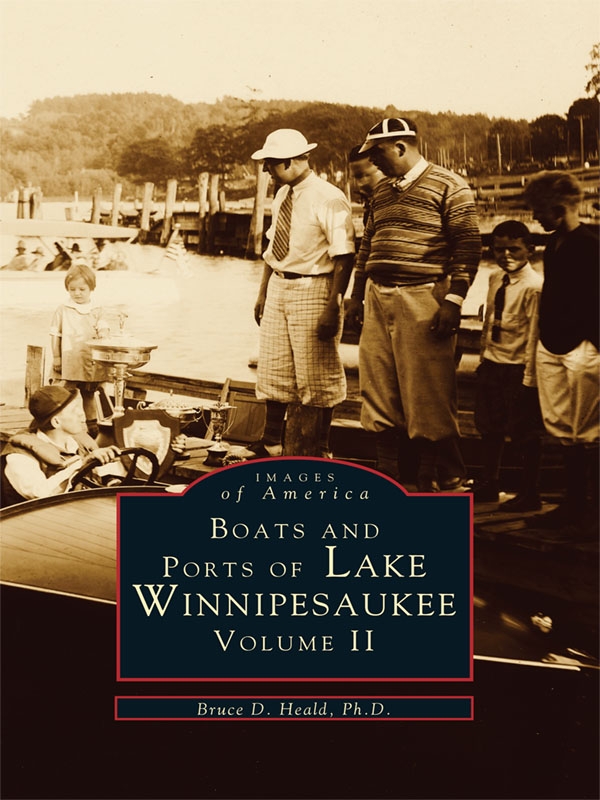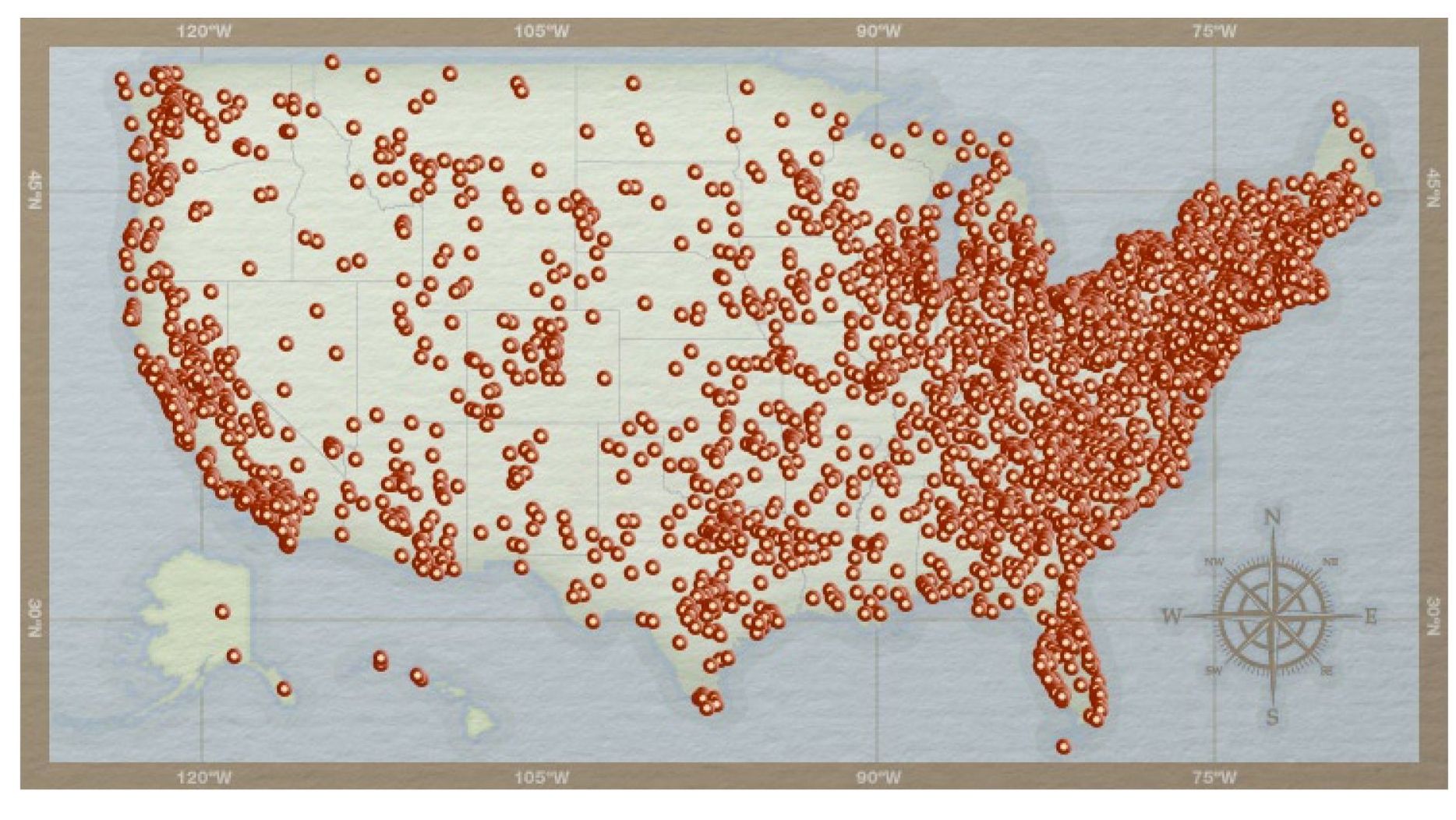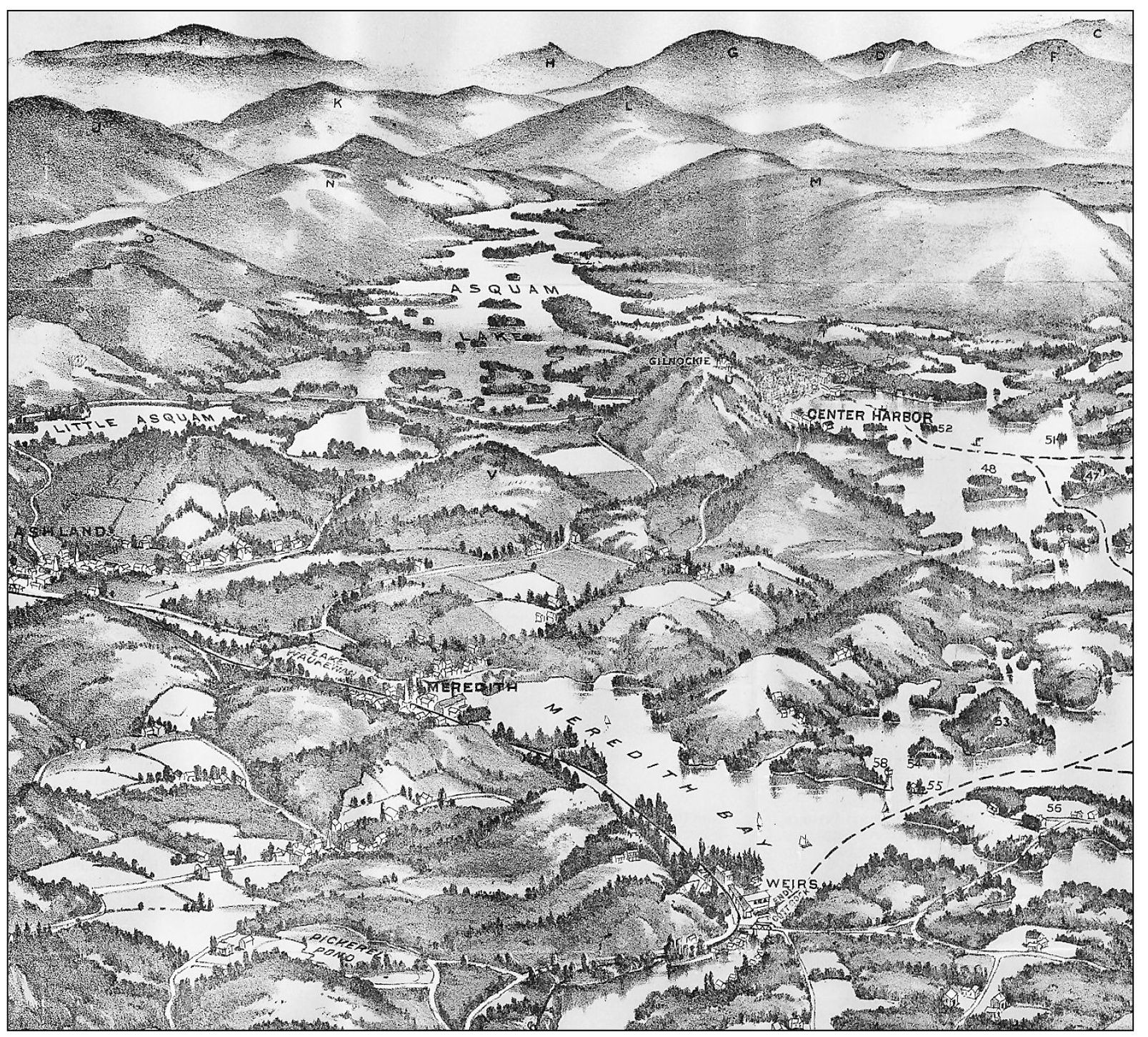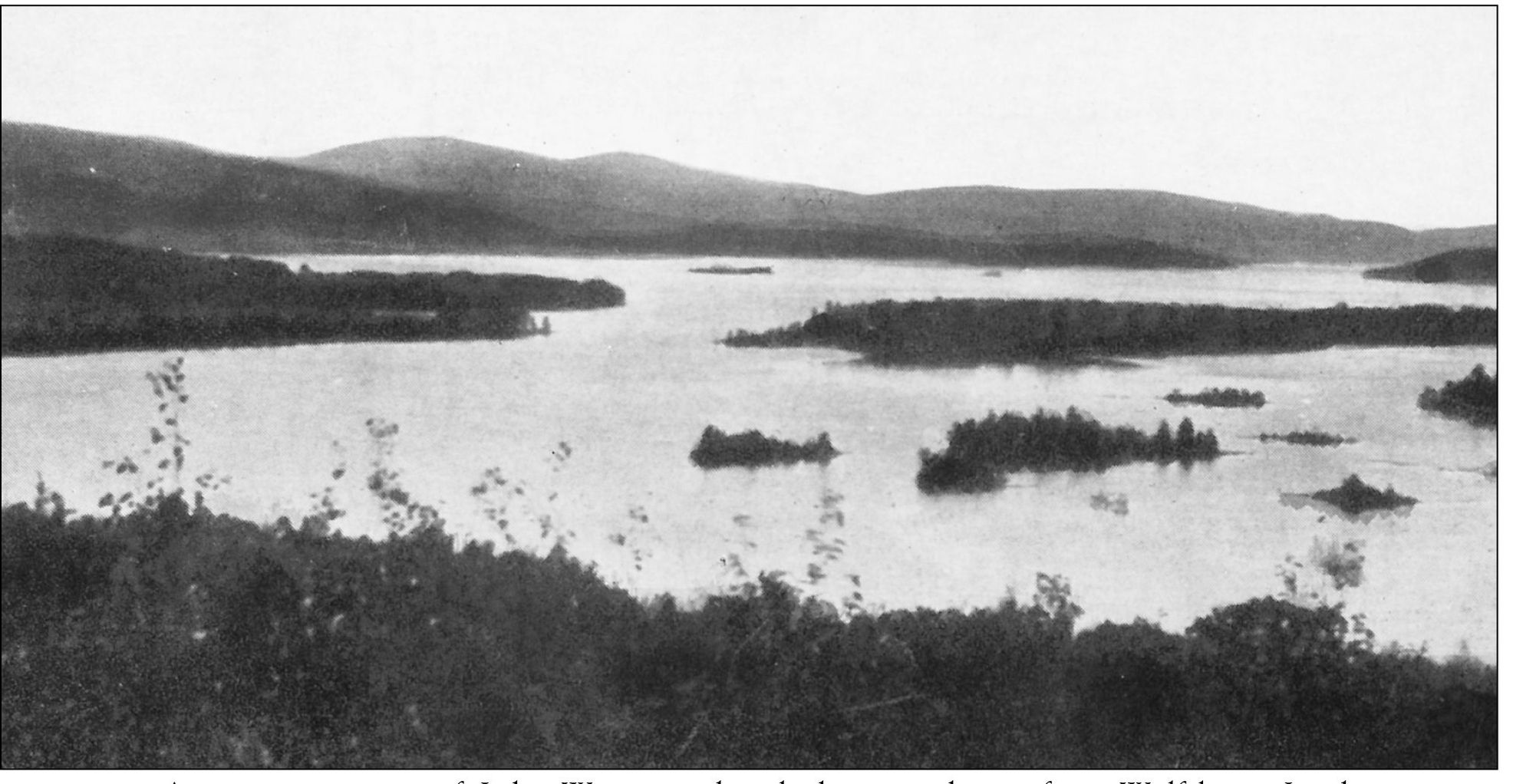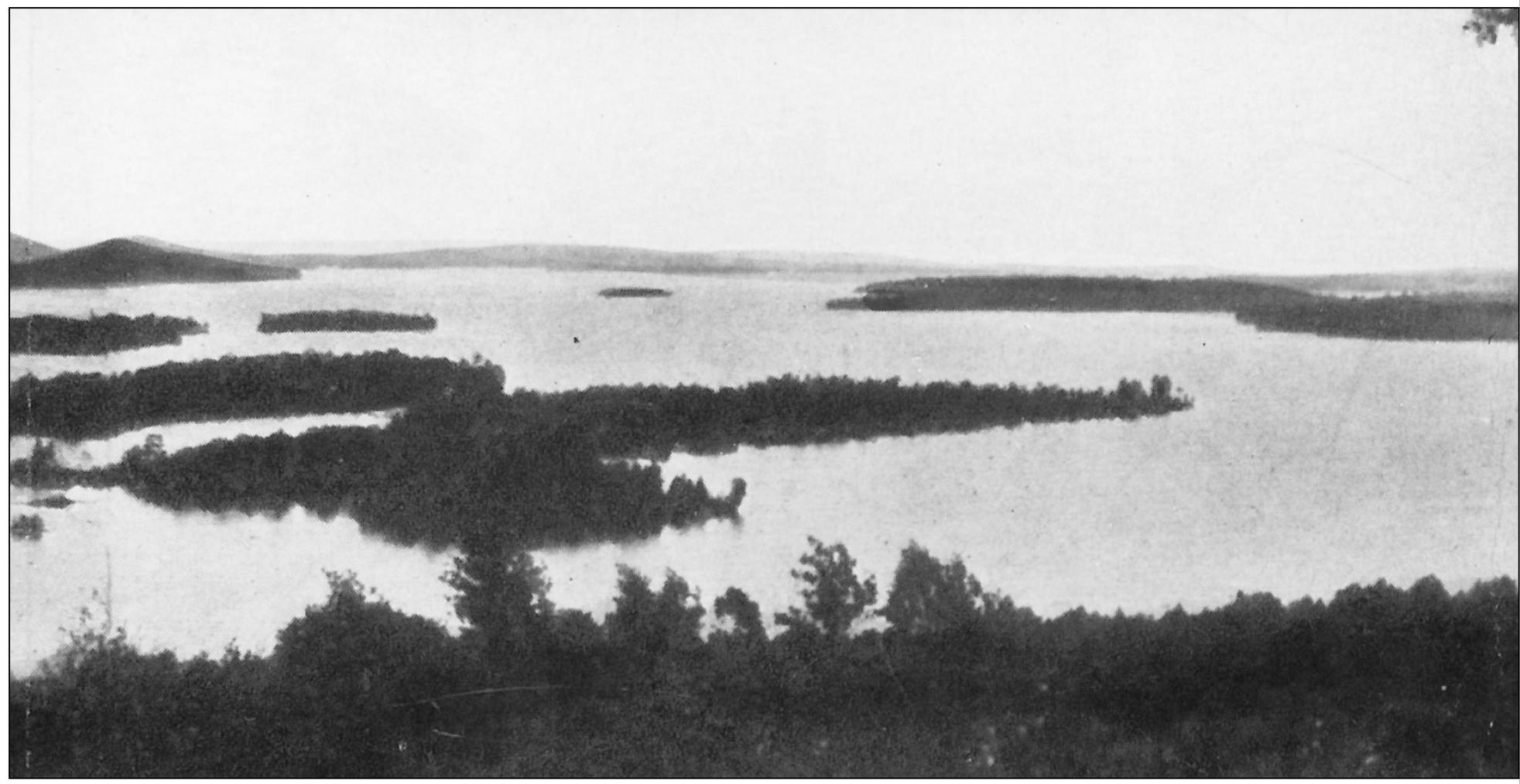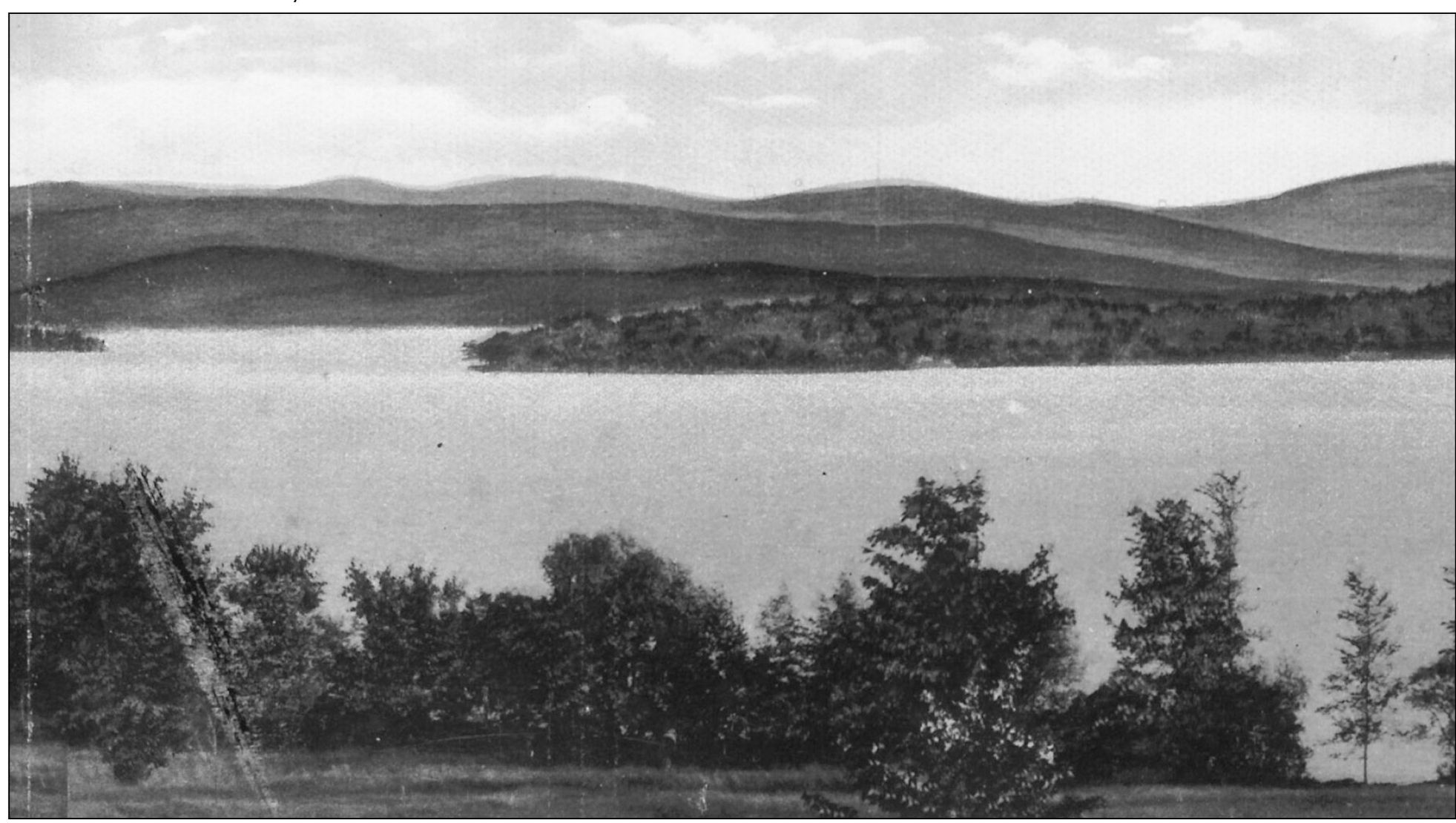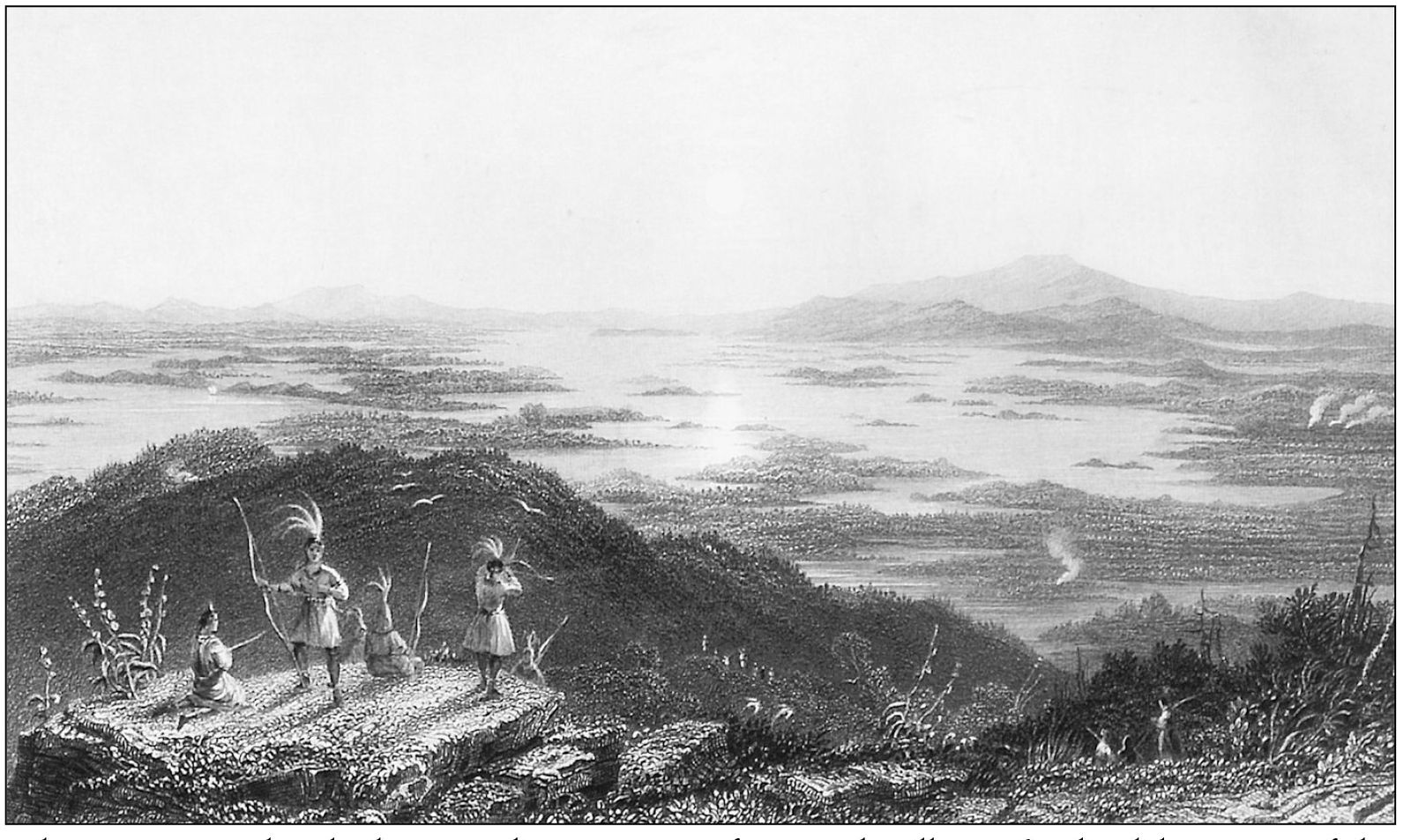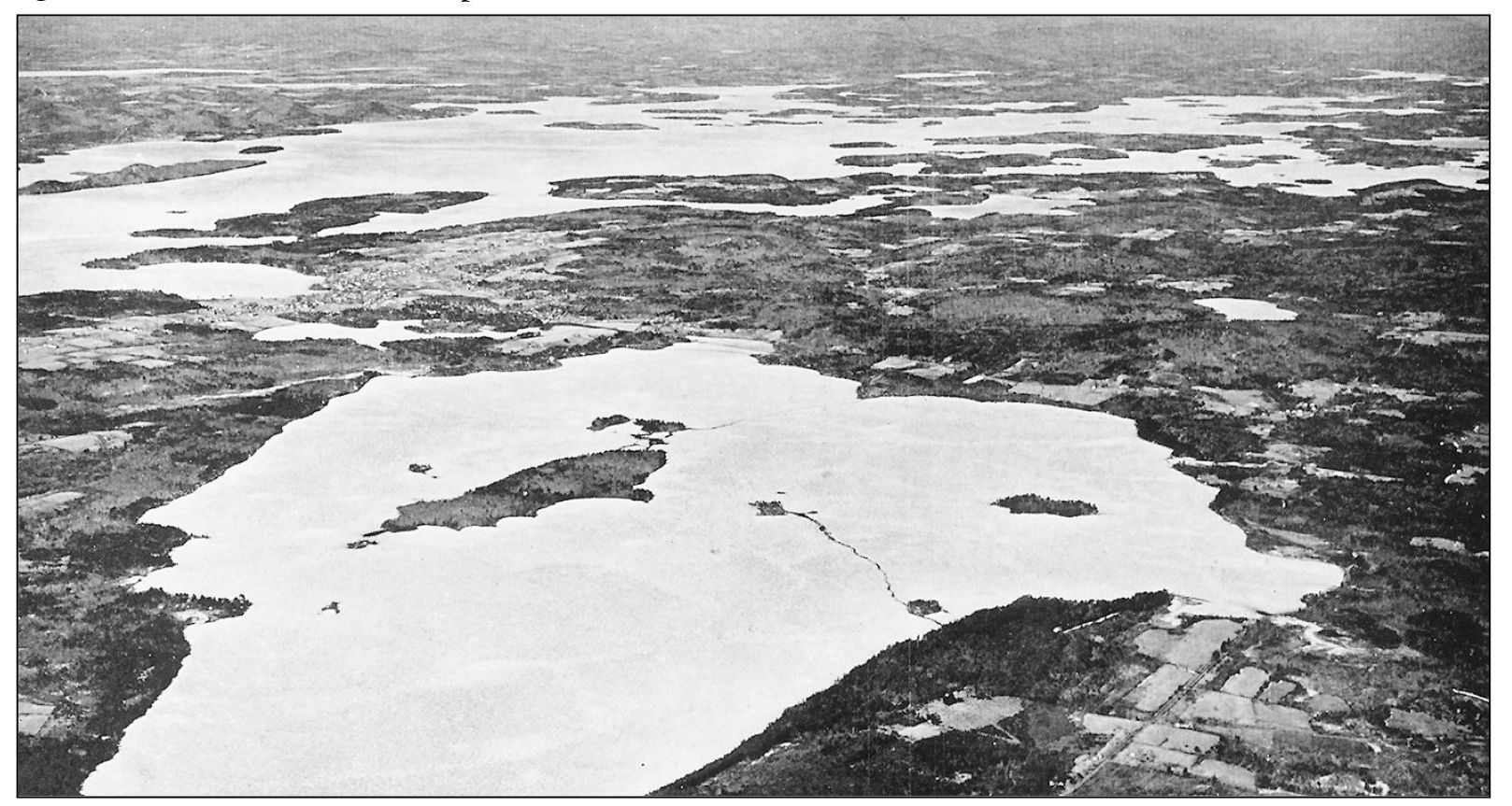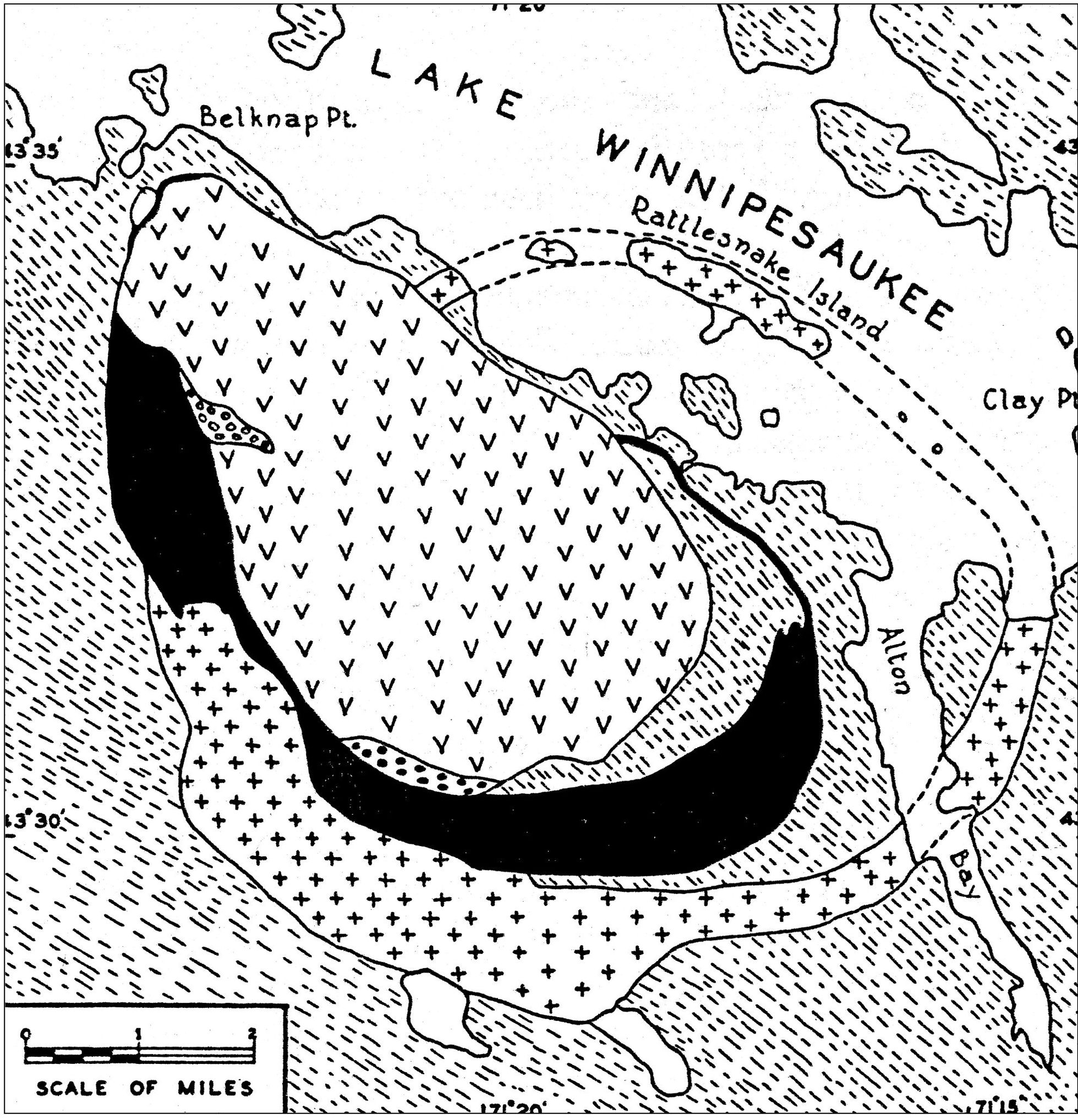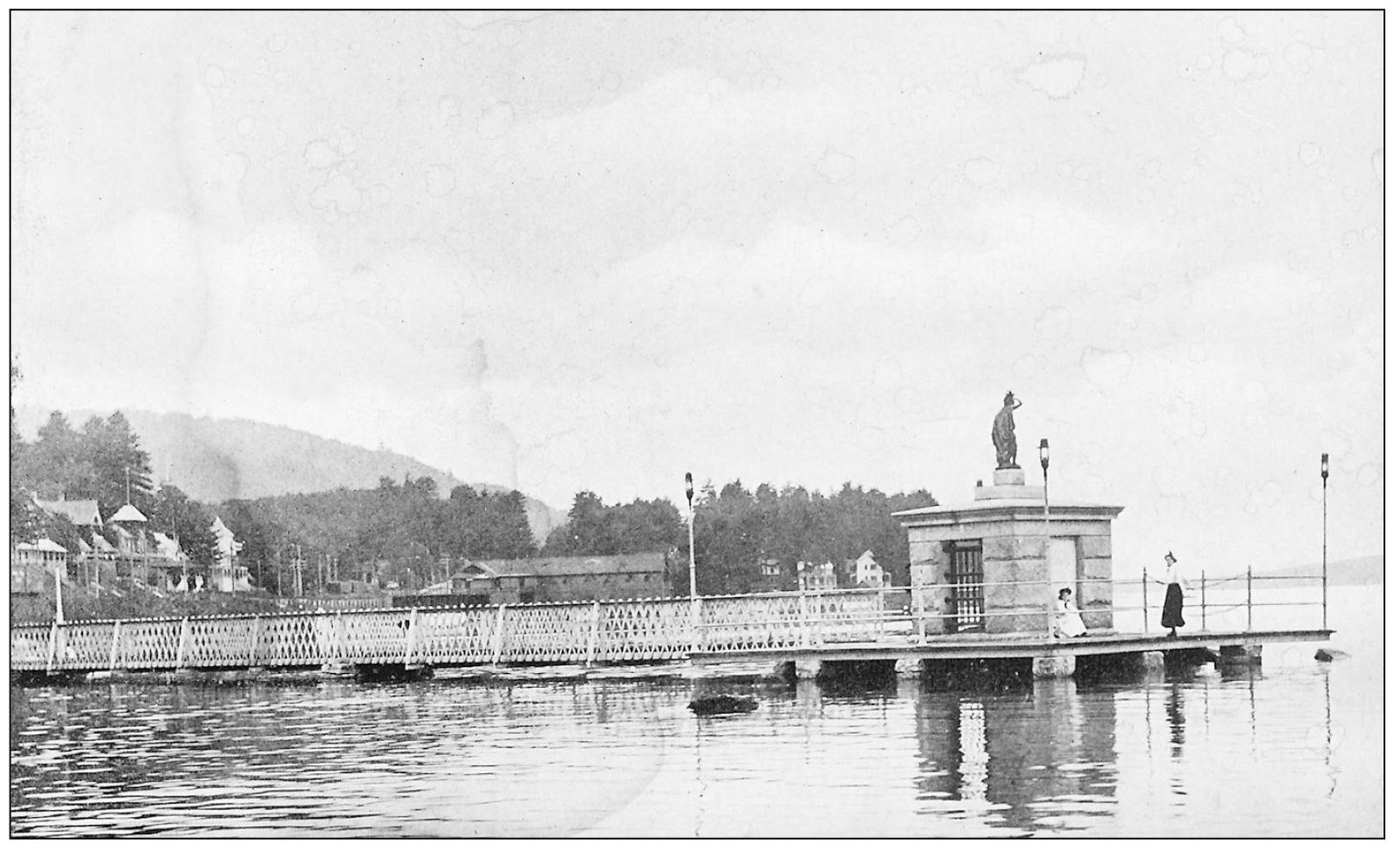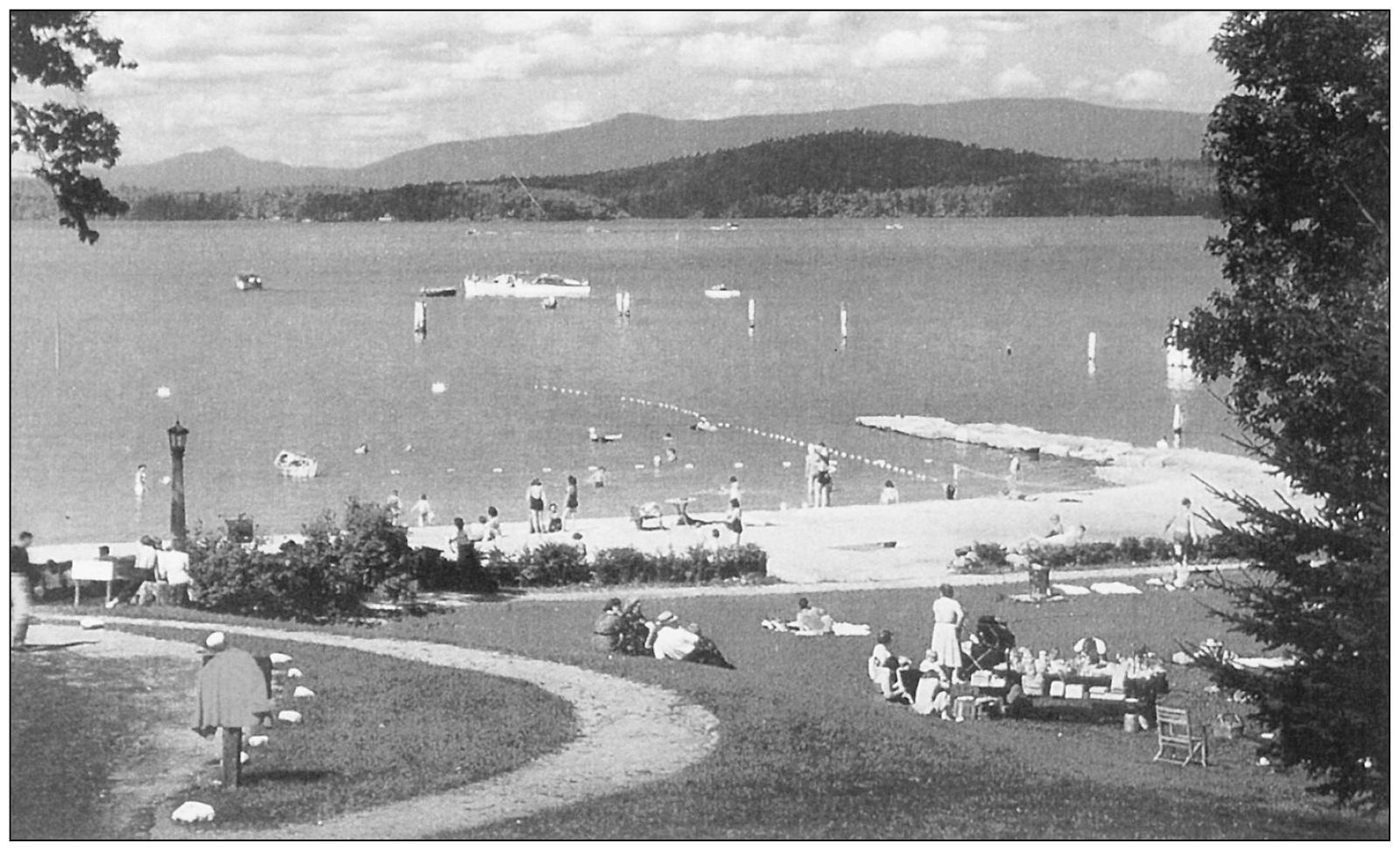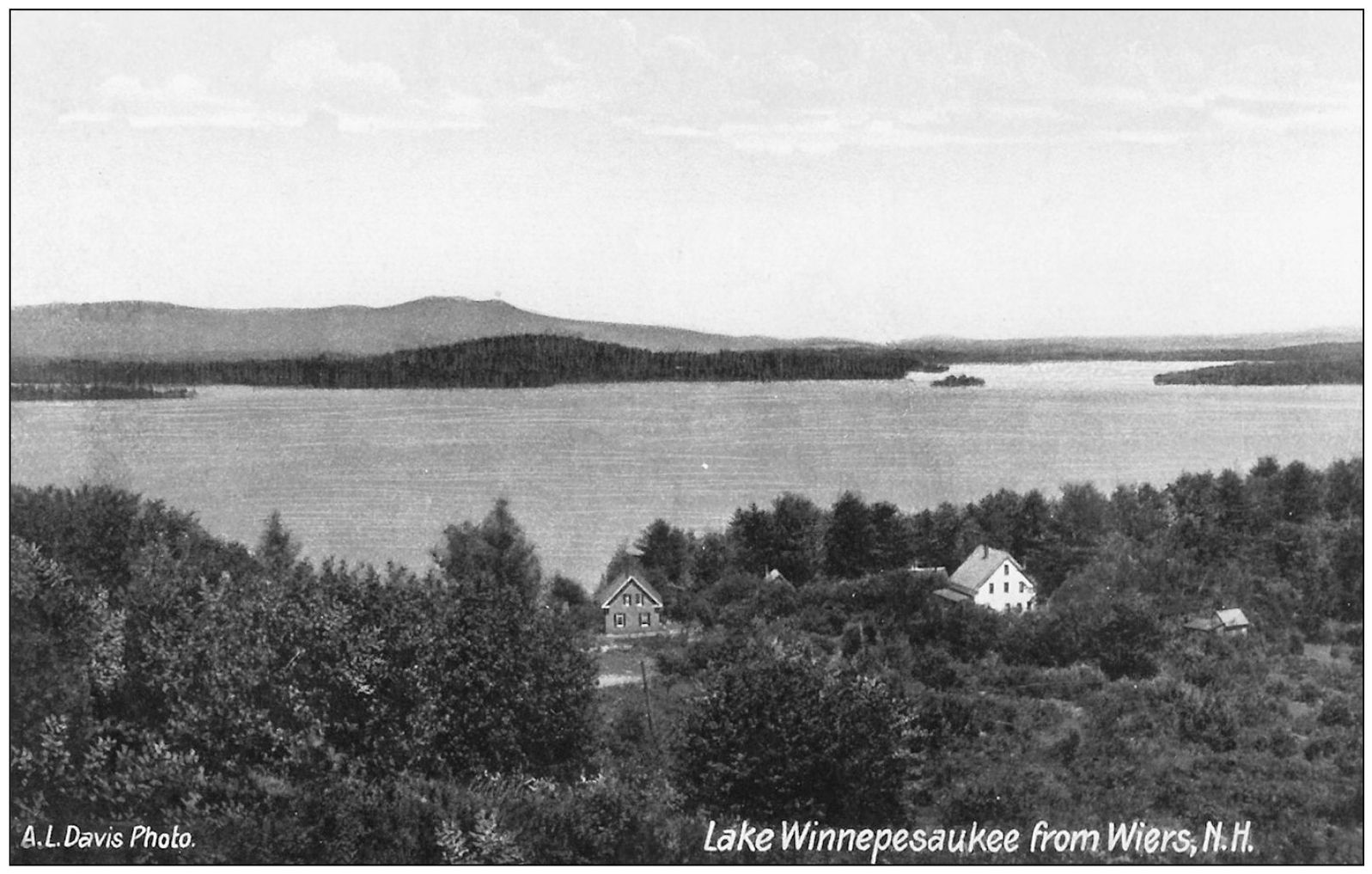Acknowledgments
Special thanks are extended to the following individuals, towns, and historical societies for their contribution to this volume:
The Appalachian Mountain Club, Gladys Bickford, Joanne and Dick Binette and Handy Landing, C.T. Bodwell, The Boston & Maine Railroad, William J. Buchanan, Joseph Bush Sr., The Center Harbor Historical Society, The Concord & Montreal Railroad, Merrill Fay and Fays Boat Yard, William H. Genne and the Geneva Point Center, The Granite State Monthly, Holy Trinity School, Al Horne, Warren D. Huse, Irwin Maine, James Irwin, Jack Irwin, The Lakes Region Association, Beth Lavertur, Bob Lawton and The Weirs Publishing Co., Don Minor, James Morash and The Winnipesaukee Flagship Corporation, Mark Morris and The New Hampshire Antique & Classic Boat Museum, New Hampshire Profile, New Hampshire Troubadour, New Hampshire Planning and Development Commission, Harold Orne, E.D. Putnam, Thomas Quinn, Charles Whitten and The Weirs Chamber of Commerce, Lake Winnipesaukee Historical Society, and all those unsung contributors who have made this historic publication possible.
Find more books like this at
www.imagesofamerica.com
Search for your hometown history, your old
stomping grounds, and even your favorite sports team.
One
Lake Winnipesaukee
A sectional map of Lake Winnipesaukee and its surroundings, issued by the passenger department of the Boston & Lowell Railroad, 1909.
A panoramic view of Lake Winnipesaukee looking northwest from Wolfeboro. In the background is Rattlesnake Island with the Belknap Mountain Range on the far left. This lake is one of the three largest freshwater lakes in the continental United States that lies wholly within the borders of one state. Winnipesaukee, New Hampshires largest lake, with an area of 72 square miles and a mainland shoreline of 186 miles, is dotted with 274 habitable islands and surrounded by the foothills of the White Mountains.
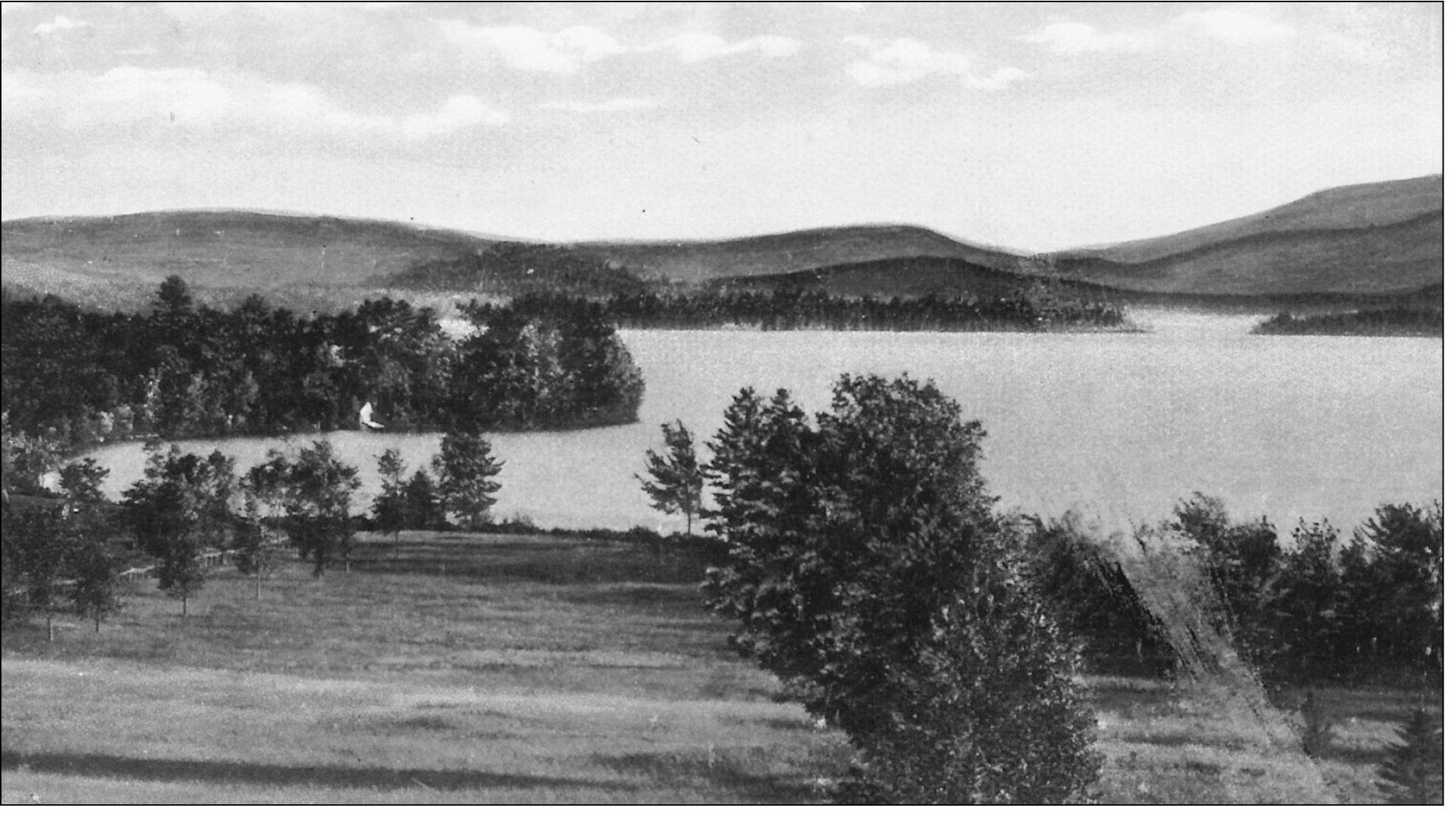
A panoramic view of Lake Winnipesaukee looking northeast from Gilford. Rattlesnake Island is on the right with the Ossipee Mountain Range in the background. Nothing can exceed the beauty of the mountains on the north shore; they are the Ossipee, Sandwich, and Presidential Range in the White Mountains framing the waters edge. The water of this lake empties into the Winnipesaukee River, which soon forms a junction with the Pemigewasset River; the two rivers unite making the Merrimack River at Franklin Falls, New Hampshire.
Lake Winnipesaukee looking southwest as seen from Red Hill, 1836. This lake is one of the most beautiful water sheets in the world with islands ranging in size from 1,000 acres down to tiny dots of rock and turf which are scarcely large enough to hold a small summer camp. The Smile of the Great Spirit was aptly named by the Native Americans, although a more proper translation of the name means Beautiful Water in a High Place. Today, this lake is home for thousands who have come to cherish it as much as the Native Americans did hundreds of years ago. (A William H. Bartlett print.)
An aerial view of the Lake Winnipesaukee quadrangle looking to the west with Lake Wentworth in the foreground and Wolfeboro village center left. Lake Winnipesaukee was glacially formed. At one time the Belknap and Ossipee Mountains, located on either side of the lake, were active volcanoes. The lake is very deep, ranging in depth up to 200 feet, and is mostly spring fed. Many of the cottages around its shores take their water directly from it without any treatment.
A simplified geological map of the Belknap Mountains and vicinity. In the Belknap Mountains there exists a large and spectacular variety of rocks as in the other areas of the White Mountain magma series. Spectacular exposures of the contact of the Albany quartz syenite and the Meredith porphyritic granite may be found on the top of Mt. Major and the hills which are 1.3 miles east of Round Pond.
This range shows superb examples of a peculiar type of geological structure known as a ring-dike. Only part of the Belknap Mountains lies in the Winnipesaukee quadrangle; the rest are in the adjacent Gilmanton, Alton, and Wolfeboro quadrangle.
The Endicott Rock Monument in the channel at Weirs Beach, 1900s. In 1652 the Massachusetts Bay Colony sent a delegation to ascertain the northernmost boundary of its territory. They chiseled the name of Governor Endicott on a large, round-topped boulder at the river mouth of the outlet of Lake Winnipesaukee. For 181 years this was apparently forgotten. In 1833 it was rediscovered and in 1892 the State of New Hampshire erected, as a memorial, a granite structure enclosing it.
The Weirs Beach and picnic area next to the Endicott Rock Monument, c. 1950s. The beach has continued to be very popular with summer bathers. This beach and channel serve as the outlet of Lake Winnipesaukee to join Lake Paugus, the Winnipesaukee River, Lake Winnisquam, and finally, the Pemigewasset River in Franklin to form the Merrimack River.
The Meredith and Weirs Bays from Winnecoette Hill looking south. Mount Shaw, in the far distance, dominates the horizon. To the right is the northern tip of Governors Island and to the far left is Spindle Point. The small island in the center is Eagle Island.

